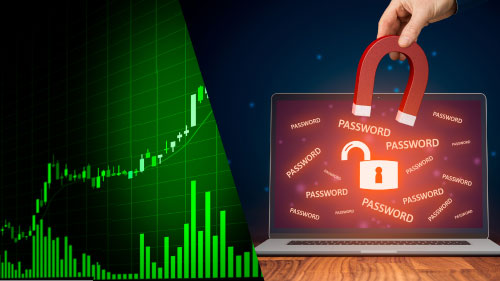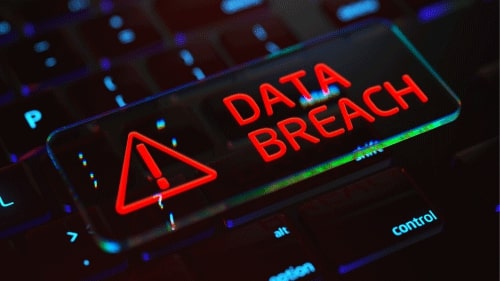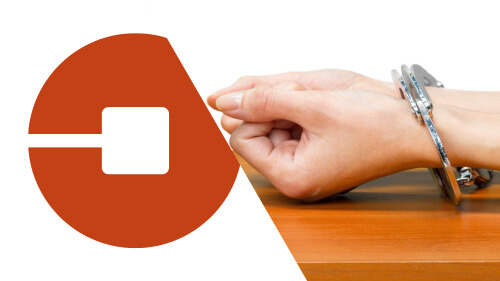Take a look at these recent Breached Incidents
Have you been breached? Here's how to protect yourself
A guide to responding to cybersecurity incidents.
Phishing or hacking incidents usually lead to identity theft and identity fraud. Hackers steal others’ personal information ranging from passwords to driver’s licenses to credit card numbers. This incident is also known as a breach event.
We’ve heard it a million times. We probably know a relative or a friend or a friend’s friend or a friend’s relative who was affected by this event.
We are aware - it is REAL and can happen to ANYONE.
Honestly, it doesn’t matter how careful you are, these hackers are cunning and have a million and one tactics up their sleeve for stealing your personal information. So, we have to be extra vigilant and know what to do if it happens to us.
Try this tool to see if you’ve been breached. If you are, the best defense is to spring into action to minimize the impact of the breach event.
The first thing you need to do is to read the details of the breach event. See what types of information were compromised - is it your social security number, driver’s license number, bank account number, or passwords? The type of information that was compromised is important so as to know your next steps.
Here are some tips if and when your account has been compromised:
1. Change the passwords on all your accounts
After reading the details of the breach event, immediately change all of your passwords on all of your accounts. This is to kick out the hacker if s/he is still in control.
2. Setup 2-factor authentication
2-factor authentication is a security system that requires two separate and distinct forms of identification to access your account. This adds an extra layer of security. So, if applicable, set this up.
3. Use Password Generator
Thinking and creating passwords can be a handful. So, using a password generator can make this job easy while making your password strong and unique.

4. Use Password Manager
Creating your passwords and keeping them safe are two different stories. Using a password manager can help you keep and store your passwords without you memorizing each one of them.
5. Consistently change your passwords.
You can change your passwords monthly, quarterly, or annually - it’s up to you. The point is to change it regularly. Some accounts, like banks, automatically expires your password within a given time period. This will force you to change your password - and may also help lessen the chance of being hacked. But some accounts do not - like your Facebook account. So, it’s going to be your sole responsibility to change your password and keep your account safe.

6. Clean your accounts.
How many accounts do you have? Make sure to delete accounts that you are no longer using. Check the apps that are connected to your accounts - be it your bank or personal social media accounts. Secure your accounts yourself to ensure your own safety.
7. Inform all necessary institutions in case of a breach event.
If and when your account has been compromised, inform all necessary and important agencies, banks, and even people closely related to you.
8. Turn on activity logs, if applicable.
Monitor your accounts by turning on activity logs that periodically send emails. This ensures that any unauthorized activity will be brought to your attention.

9. Subscribe to Breached.Me to immediately inform where and when the email address was compromised.
Now that you know what to do in case of a breach event, you’re more equipped to safe-keep your accounts.
800
Breaches Tracked
12,474,715,854
Breached Accounts Detected
9,494,727,201
Stolen Passwords
What is Breached.Me?
Data breach reporting requirements vary by industry and often we only hear about data breaches long after the fact. In the meantime, our personal information could be traded or sold hundreds of times on the dark web.
These are the following consumer challenges:
Awareness
Example breach:
MGM Resorts hacked: 10.6 million guests have their personal data exposed on hacking forum










